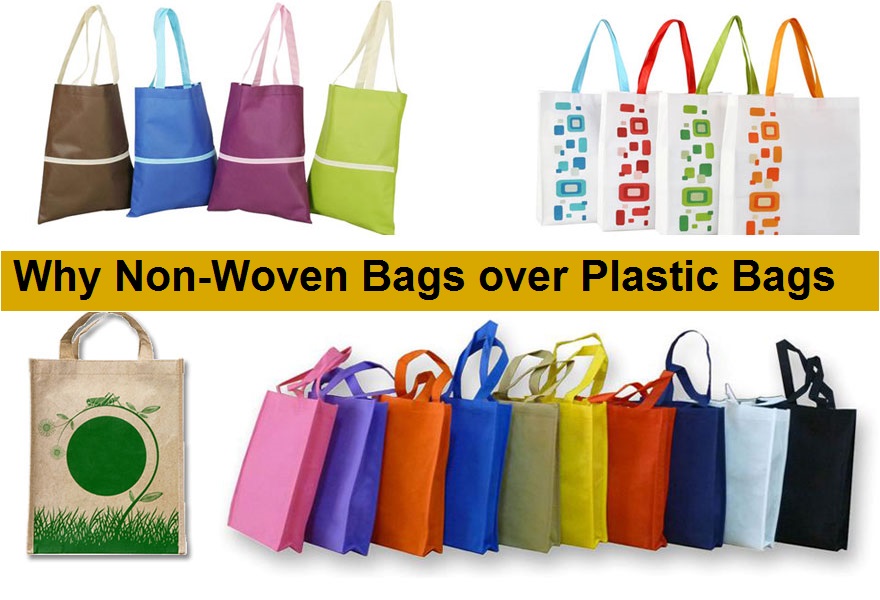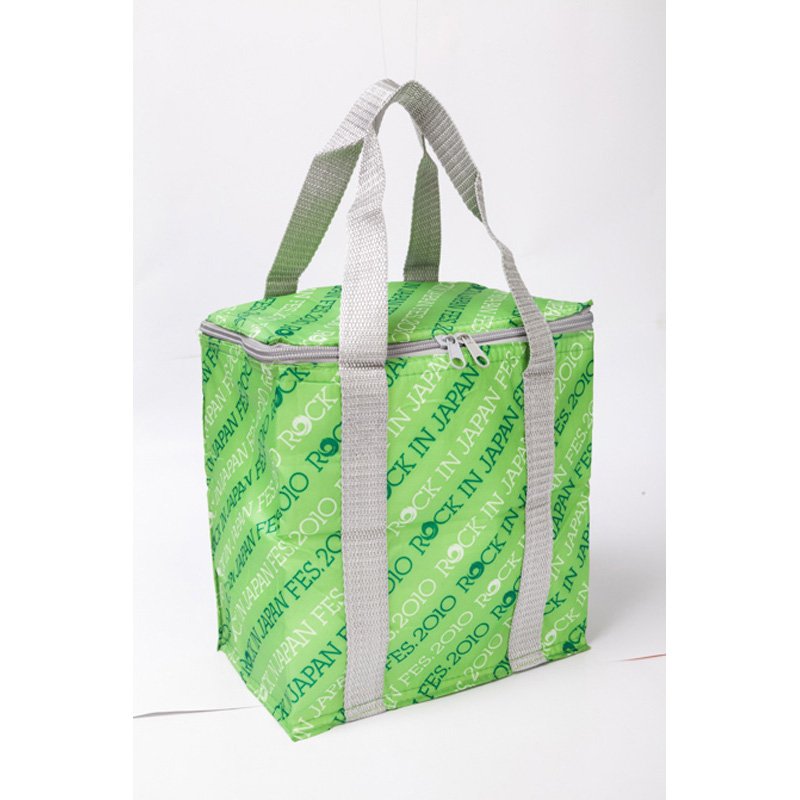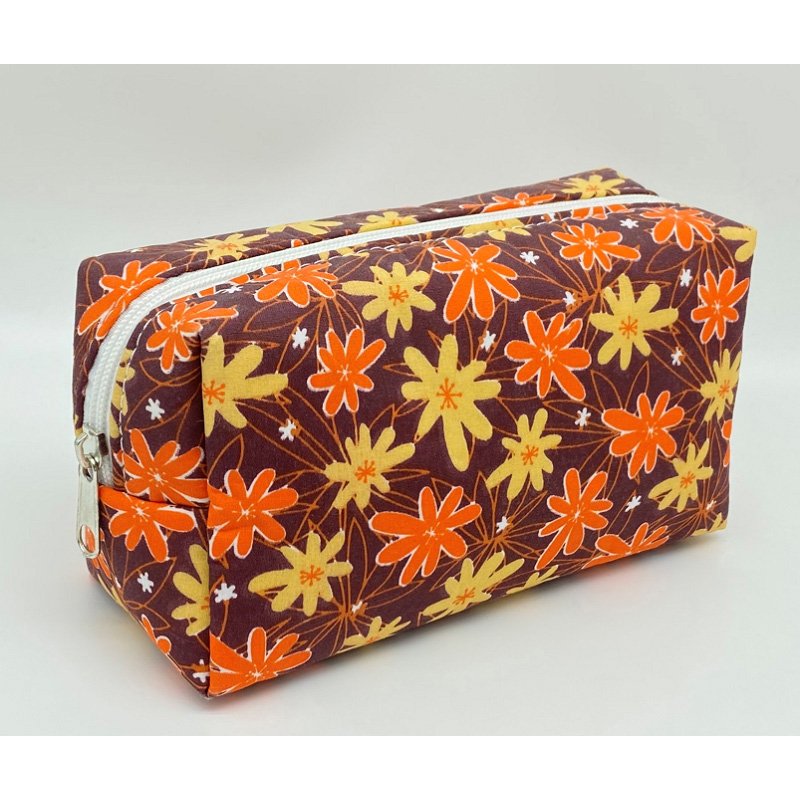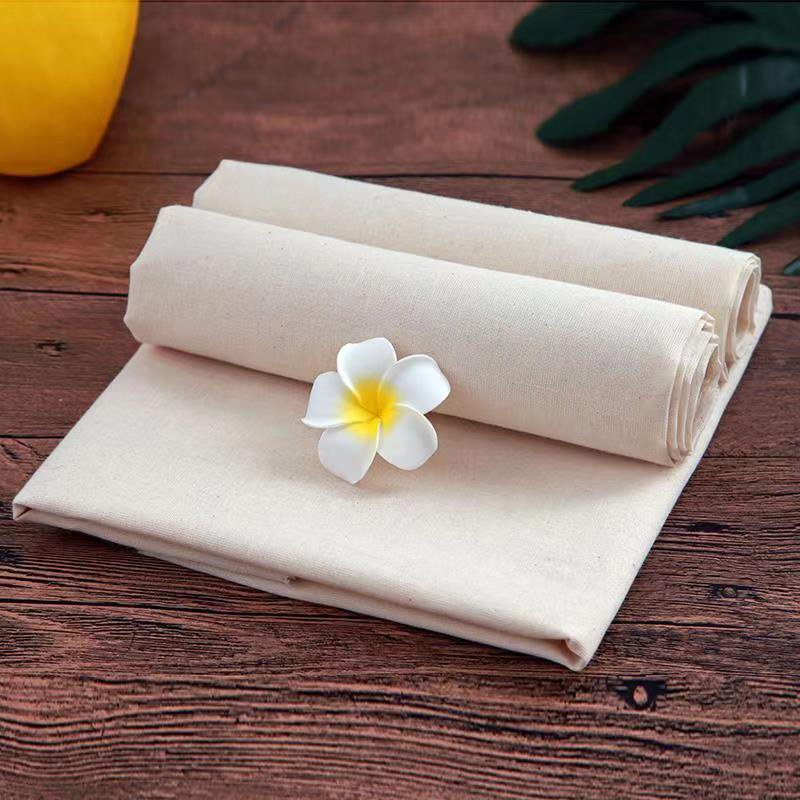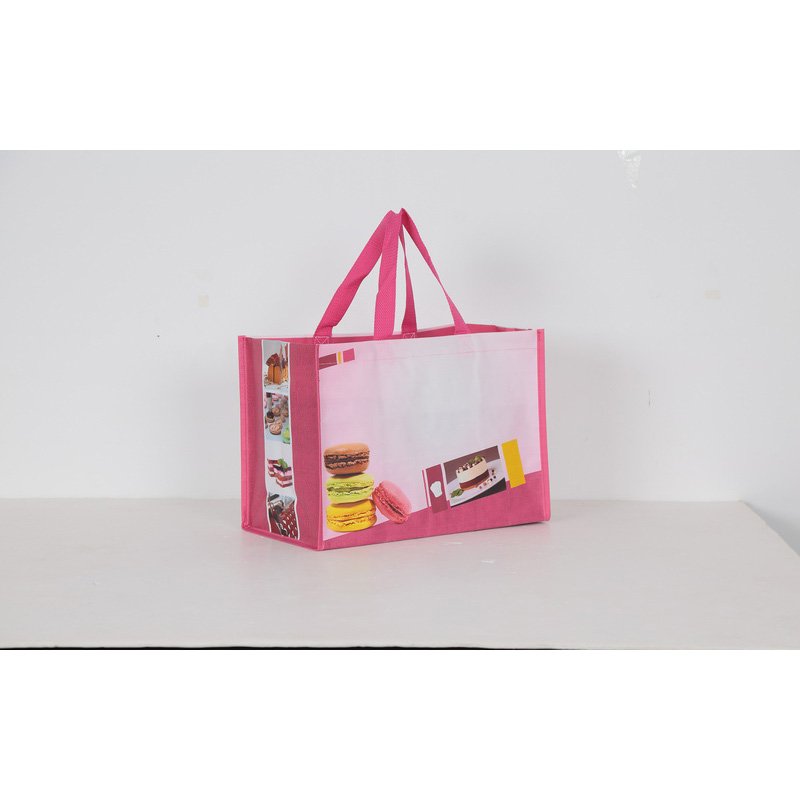Non-woven bags and plastic bags differ in several key aspects, including environmental impact, durability, reusability, cost, and functionality. Here's a comprehensive comparison:
1. Environmental Impact
Non-Woven Bags
- Eco-Friendly: Often made from recycled materials and can be recycled again.
- Biodegradability: Many non-woven bags are biodegradable or made from materials that break down more easily than traditional plastics.
- Lower Carbon Footprint: Generally have a lower environmental footprint over their lifecycle compared to plastic bags, especially when reused multiple times.
Plastic Bags
- Environmental Harm: Made from non-renewable petroleum-based materials, contributing to environmental pollution and resource depletion.
- Non-Biodegradable: Can take hundreds of years to decompose, leading to long-term environmental pollution.
- High Carbon Footprint: Manufacturing and disposal processes result in significant carbon emissions.
2. Durability
Non-Woven Bags
- High Durability: Designed for repeated use, can carry heavier loads without tearing or breaking.
- Structural Integrity: Maintains shape and strength over multiple uses.
Plastic Bags
- Low Durability: Typically designed for single use, prone to tearing and damage with heavy or sharp items.
- Structural Weakness: Can easily lose shape and integrity after a single use.
3. Reusability
Non-Woven Bags
- Highly Reusable: Can be used many times, reducing the need for single-use alternatives.
- Easy to Clean: Can be wiped down or washed, making them suitable for multiple uses over time.
Plastic Bags
- Limited Reusability: Often not designed for repeated use, though some people reuse them a few times.
- Difficult to Clean: Not practical to wash and reuse extensively.
4. Cost
Non-Woven Bags
- Higher Initial Cost: More expensive to produce and purchase compared to single-use plastic bags.
- Cost-Effective Over Time: Due to their durability and reusability, they can be more economical in the long run.
Plastic Bags
- Lower Initial Cost: Cheap to produce and purchase, often provided for free by retailers.
- Hidden Environmental Cost: Long-term environmental cleanup and waste management costs are high.
5. Functionality
Non-Woven Bags
- Versatile Design: Available in various sizes, shapes, and designs, suitable for a wide range of uses beyond shopping.
- Customization: Easily customizable for branding and promotional purposes.
Plastic Bags
- Limited Use: Primarily used for carrying lightweight items, not suitable for heavy or bulky items.
- Less Customizable: Limited options for customization compared to non-woven bags.
6. Consumer Perception
Non-Woven Bags
- Positive Image: Viewed as environmentally friendly and socially responsible.
- Branding Opportunity: Companies can enhance their eco-friendly image by using and promoting non-woven bags.
Plastic Bags
- Negative Image: Increasingly seen as environmentally harmful, leading to bans and restrictions in many areas.
- Regulatory Challenges: Facing growing regulation and bans due to environmental concerns.
7. Storage and Portability
Non-Woven Bags
- Bulkier: Slightly bulkier than plastic bags, but still easy to fold and store.
- Portability: Generally lightweight and portable despite being bulkier than plastic bags.
Plastic Bags
- Compact: Extremely lightweight and compact, easy to store and carry in large quantities.
- Convenience: Convenient for quick, single-use applications.
Conclusion
Non-woven bags are generally superior to plastic bags in terms of environmental impact, durability, reusability, and consumer perception. While they have a higher initial cost, their long-term benefits make them a more sustainable and cost-effective choice. Plastic bags, on the other hand, are inexpensive and convenient but come with significant environmental and durability drawbacks. As awareness of environmental issues grows, non-woven bags are becoming an increasingly popular alternative to traditional plastic bags.
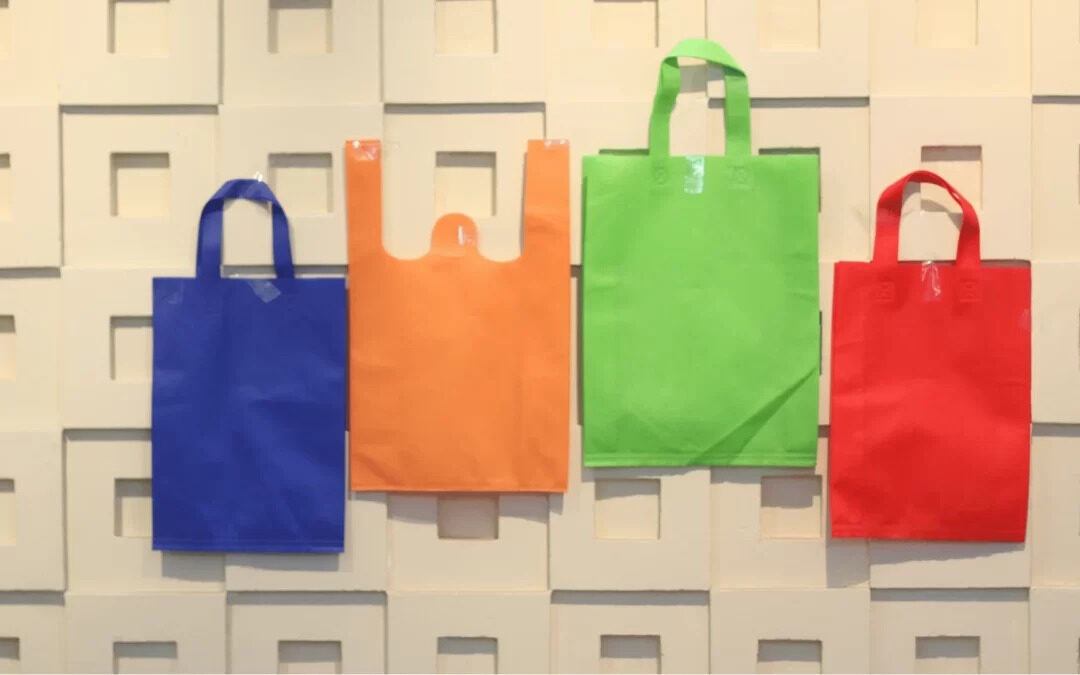
What are the environmental advantages of non-woven bags?
Non-woven bags offer several environmental advantages over traditional plastic bags. Here are the key environmental benefits:
1. Reduced Pollution and Waste
Lower Waste Generation
- Minimized Waste: Non-woven bags are reusable and durable, leading to fewer bags being discarded as waste.
- Decreased Landfill Impact: Reduced need for disposal means less waste ends up in landfills.
Biodegradability
- Faster Decomposition: Many non-woven bags are designed to be biodegradable, breaking down more quickly than traditional plastic bags.
2. Resource Conservation
Recycled Materials
- Utilization of Recycled Content: Non-woven bags often use recycled materials, reducing the demand for virgin resources.
- Reduced Raw Material Extraction: Decreases the need for petroleum-based raw materials, conserving non-renewable resources.
3. Lower Carbon Footprint
Energy Efficiency
- Efficient Manufacturing: The production process for non-woven bags can be more energy-efficient compared to plastic bags.
- Reduced Emissions: Less energy consumption leads to lower greenhouse gas emissions during production.
4. Reusability
Longevity
- Extended Life Cycle: Non-woven bags are designed for repeated use, significantly reducing the number of bags needed over time.
- Durability: Their strength and durability ensure they can be reused many times, unlike single-use plastic bags.

5. Recyclability
Closed-Loop Recycling
- Recycling Programs: Non-woven bags can be recycled, contributing to a circular economy and reducing the need for new raw materials.
- Promotes Recycling Culture: Encourages consumers to participate in recycling programs and adopt sustainable practices.
6. Reduced Harm to Wildlife
Decreased Litter
- Less Environmental Litter: Reusable bags reduce the incidence of litter in natural environments, protecting wildlife from ingestion or entanglement.
- Wildlife Protection: Lower plastic pollution helps protect marine and terrestrial animals from the harmful effects of plastic waste.
7. Eco-Friendly Image
Consumer Awareness
- Promotes Sustainability: Using non-woven bags helps raise awareness about environmental issues and encourages eco-friendly behaviors among consumers.
- Positive Branding: Companies that use and promote non-woven bags can enhance their reputation as environmentally responsible businesses.
8. Legislative Support
Compliance with Regulations
- Support for Bans and Restrictions: Many regions are enacting bans and restrictions on single-use plastic bags, making non-woven bags a compliant and sustainable alternative.
- Government Incentives: Some governments offer incentives for using eco-friendly products, including non-woven bags.
9. Reduction in Microplastics
Less Plastic Fragmentation
- Fewer Microplastics: Non-woven bags do not break down into microplastics as traditional plastic bags do, reducing the presence of these harmful particles in the environment.
10. Energy Savings
Manufacturing Process
- Energy-Efficient Production: The production of non-woven bags can consume less energy compared to plastic bags, resulting in lower overall energy usage.
Conclusion
Non-woven bags offer significant environmental advantages over traditional plastic bags, including reduced pollution and waste, conservation of resources, lower carbon footprint, and enhanced reusability and recyclability. By choosing non-woven bags, consumers and businesses can contribute to a more sustainable future and help protect the environment from the adverse effects of plastic pollution.

How to properly dispose of old non-woven bags?
Proper disposal of old non-woven bags involves considering environmentally friendly methods to ensure minimal impact on the environment. Here are several steps and options for disposing of non-woven bags:
1. Reuse and Repurpose
- Reuse for Storage: Use old non-woven bags for storing items at home or for organizing purposes.
- Craft Projects: Repurpose the material for DIY projects, such as making smaller bags, decorative items, or mats.
- Donate: If the bags are still in good condition, consider donating them to local charities, thrift stores, or community organizations.
2. Recycling
- Check Local Recycling Programs: Contact your local recycling center to see if they accept non-woven polypropylene bags. Not all centers may accept them, so it's important to verify.
- Specialized Recycling Facilities: Some specialized facilities or companies focus on recycling non-woven materials. Research and locate such facilities in your area.
3. Composting
- Biodegradable Bags: If the non-woven bags are made from biodegradable materials, they can be added to a compost pile. Check the bag’s material to ensure it is indeed compostable.
- Cutting into Small Pieces: For better decomposition, cut the bags into smaller pieces before adding them to the compost.
4. Eco-Friendly Disposal Methods
- Waste-to-Energy Programs: Some regions have waste-to-energy programs that convert non-recyclable waste into energy. Check if such options are available in your locality.
- Safe Incineration: As a last resort, if recycling or composting is not an option, look for facilities that incinerate waste safely, ensuring minimal environmental impact.
5. Manufacturer Take-Back Programs
- Return to Manufacturer: Some manufacturers offer take-back programs where they accept old bags for recycling. Check with the manufacturer or retailer where you purchased the bags.
6. Education and Awareness
- Educate Others: Share information about the proper disposal of non-woven bags with friends, family, and community members to promote environmentally responsible practices.
7. Avoiding Landfill Disposal
- Last Resort: Dispose of non-woven bags in the general waste only if there are no other options available, as sending them to a landfill should be the last resort due to their environmental impact.
Conclusion
Properly disposing of old non-woven bags involves a combination of reusing, recycling, composting, and exploring eco-friendly disposal methods. By taking these steps, you can minimize the environmental impact and contribute to more sustainable waste management practices. Always check local guidelines and facilities to ensure you are using the most appropriate and environmentally friendly disposal method available.

